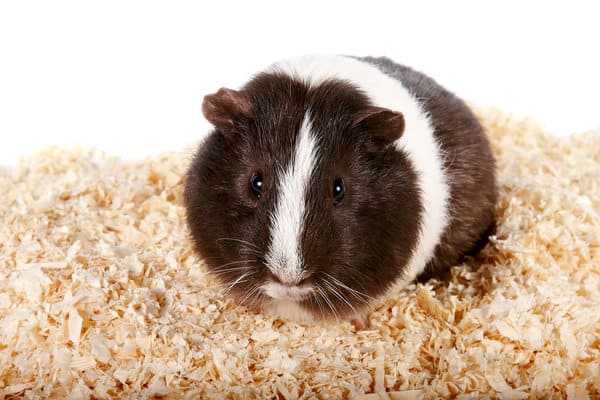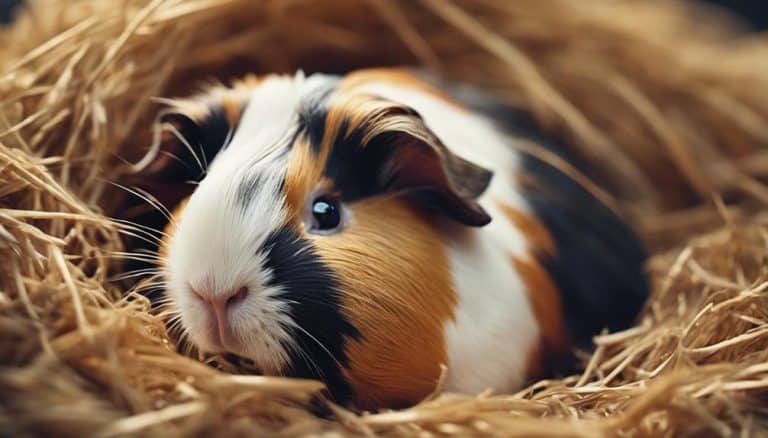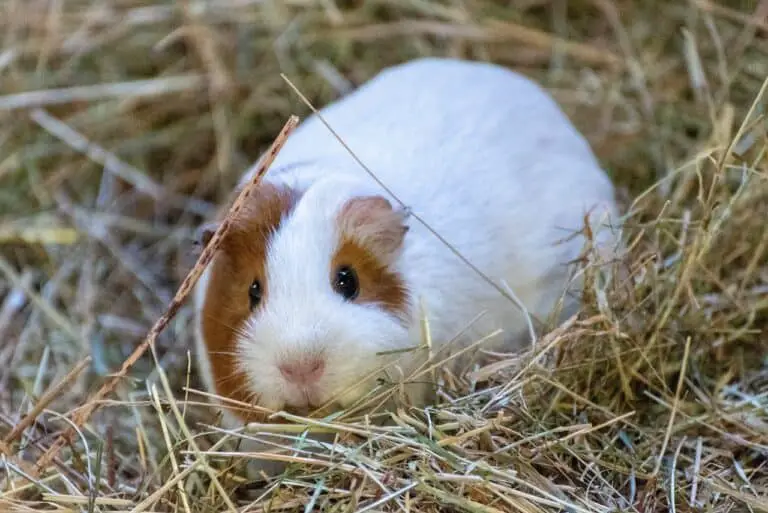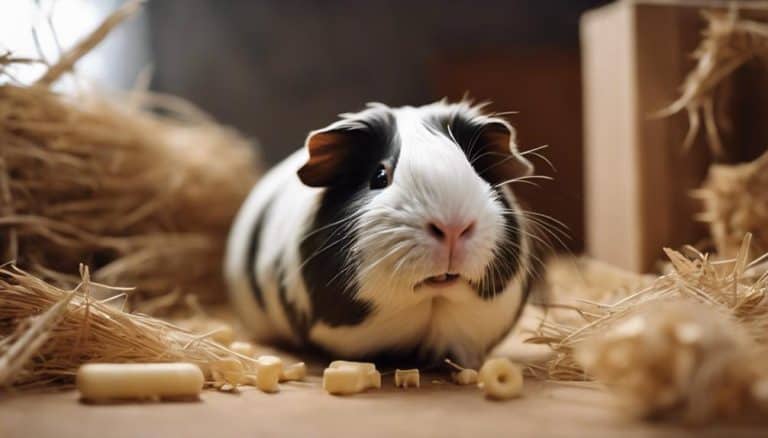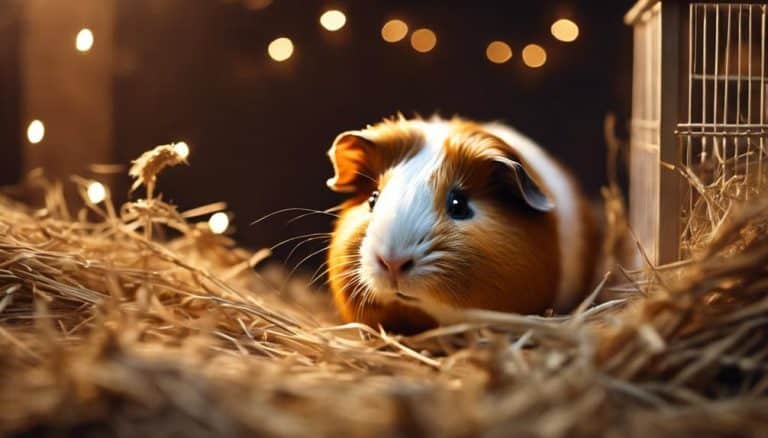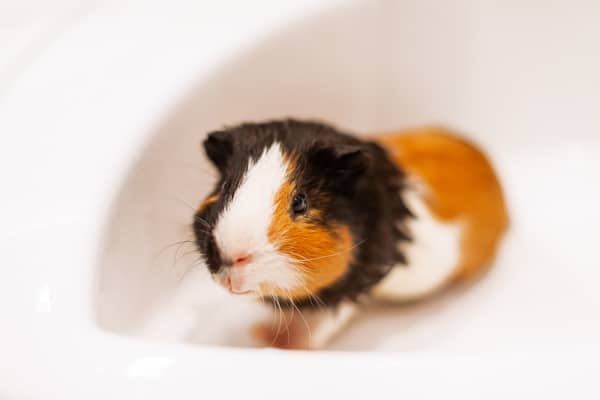Why Do Guinea Pigs Chirp
Do you ever wonder why your guinea pig chirps? It’s a fascinating phenomenon that has puzzled many owners over the years. Have you ever experienced the coincidence of hearing your guinea pig chirp at the exact moment you asked a question?
This article will explore the phenomenon of guinea pig chirping and give insight into why they chirp and how to interpret different types of chirps.
Key Takeaways
- Chirping is a vocalization made by guinea pigs, which can be caused by excitement or as a response to something that excites them.
- Guinea pigs use chirping as a form of communication to express feelings of joy, excitement, pain, feeling threatened, or being scared.
- The frequency and tone of chirps can convey different emotions, with higher pitched chirps indicating positive emotions and lower pitched chirps indicating negative emotions.
- Different types of chirps, such as purring, chattering, trilling, and whistling, are used by guinea pigs to communicate different emotions like contentment, excitement, or happiness.
What Is Chirping
Chirping is a vocalization made by guinea pigs. It is a high-pitched sound, often described as a trill or squeak. Chirping is a form of communication among guinea pigs, but why do they do it? Scientists believe there are several possible causes and meanings.
One cause for chirping is excitement. Guinea pigs may chirp when they are excited about something, like when they get a treat or a new toy. They may also chirp in response to something that excites them, like when they hear their owner’s voice.
Another cause for chirping is territorial behavior. Guinea pigs may chirp when they feel threatened and want to protect their territory. This chirping may be accompanied by posturing, like standing tall or puffing out their fur.
Finally, chirping may also be a sign of contentment. Guinea pigs may chirp when they feel comfortable and safe in their environment. This chirping is usually gentle and relaxed, and it may be accompanied by purring or other vocalizations.
Why Do Guinea Pigs Chirp
Guinea pigs are known to make a variety of vocalizations, including chirps. Chirping is a type of vocal communication used by guinea pigs to express themselves, and can range in frequency and tone depending on the situation.
- Chirping is often used to communicate feelings of joy, excitement, or pain.
- Guinea pigs may also chirp when they feel threatened or scared.
- For example, they may chirp when they sense a predator nearby.
- They may also chirp when they’re feeling overwhelmed or stressed.
The frequency and tone of the chirp can also give clues about the guinea pig’s emotional state. Higher pitched chirps usually indicate positive emotions, while lower pitched chirps usually indicate negative emotions. Understanding the chirp frequency and tone of guinea pigs can help owners better understand their pets’ feelings and behaviors.

Different Types of Chirps
Different types of chirps are used by guinea pigs to communicate different emotions and feelings. Guinea pigs are known for their vocal communication, which includes chirping and other vocalizations. There is a variety of chirps that a guinea pig can produce, and each one conveys a different message.
Some of the most common chirp varieties include purring, chattering, trilling, and even whistling. Purring is a low-pitched sound that is used to show contentment, while chattering is a rapid, staccato sound that is often used to express excitement or anticipation.
Trilling is a longer, higher-pitched chirp that is used to express happiness, and whistling is a sound with a higher pitch that is often used to call out in distress or fear. By understanding the different chirps, owners can interpret their guinea pigs’ emotions and respond accordingly.
Interpreting Guinea Pig Chirps
Interpreting the various chirps of a guinea pig requires understanding of the subtle nuances of the sound they make. Exploring the behavior of guinea pigs and the emotions they express through their vocalizations can be a rewarding experience.
- To get started, it’s important to observe the guinea pig in its environment and listen to the different chirps it produces.
- Additionally, noting the context in which the chirp was made can help to interpret what the guinea pig is trying to communicate.
- For example, a guinea pig may chirp when it is happy and content, or when it is scared or in pain.
- Similarly, a guinea pig may chirp when it is excited or when it is hungry.
Conclusion
Guinea pig chirping is a complex means of communication, and can convey a range of emotions. From joyous excitement to distress, it is an important tool for guinea pigs to interact with each other and express their feelings.
By understanding the different types of chirps and their meanings, owners can better appreciate the nuances of guinea pig behaviour and more effectively respond to the needs of their pet.

